Jade plants, with their captivating beauty and wide variety of shapes, colors, and sizes, have captured the hearts of gardeners and plant enthusiasts worldwide. These succulents are not only visually stunning, but are also believed to bring good luck and prosperity.
With over 50 types of jade plants to choose from, there is a perfect plant for everyone, whether you're a collector, a casual gardener, or even someone new to the world of succulents.
EXCEPTIONAL DRAINAGE & WATER RETENTION: Our Premium All-Purpose Succulent Soil Mix is a specifically formulated blend of premium quality Sphagnum Peat Moss, Perlite, Lime, and Horticultural Grade Sand formulated by professional growers to provide the optimal growth environment for your succulent plants.
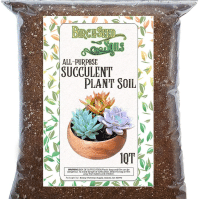

In this blog post, we'll explore the fascinating world of jade plants, uncover their unique characteristics, and provide essential care tips to ensure their health and vitality.
Short Summary
Various Types of Jade Plants offer a variety of colors, blooms and sizes to suit any home.
Care tips include researching lighting requirements, adjusting watering schedules according to soil moisture level and using appropriate solutions for pests or diseases.
Cold sensitivity is common in jade plants. Prevent damage by taking protective measures during colder months.
Crassula Ovata Varieties
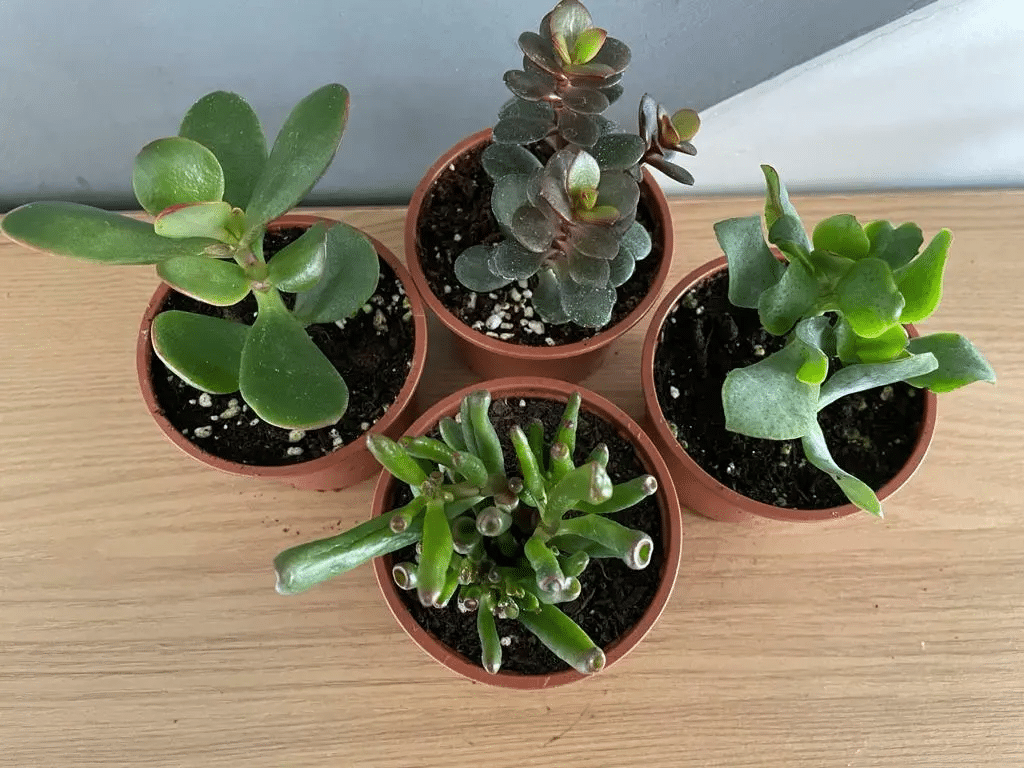
Crassula ovata, the most popular and recognizable jade plant, is native to the deserts of southern Africa and boasts a diverse array of cultivars with unique characteristics.
From the vibrant colors of Variegated Jade to the compact size of Crosby's Compact Jade, and the enchanting pink blooms of Pink Beauty Jade, the world of Crassula ovata offers a fascinating assortment of plants to suit every taste.
Let's dive into these captivating varieties and learn more about their distinct features and care requirements.
Variegated Jade
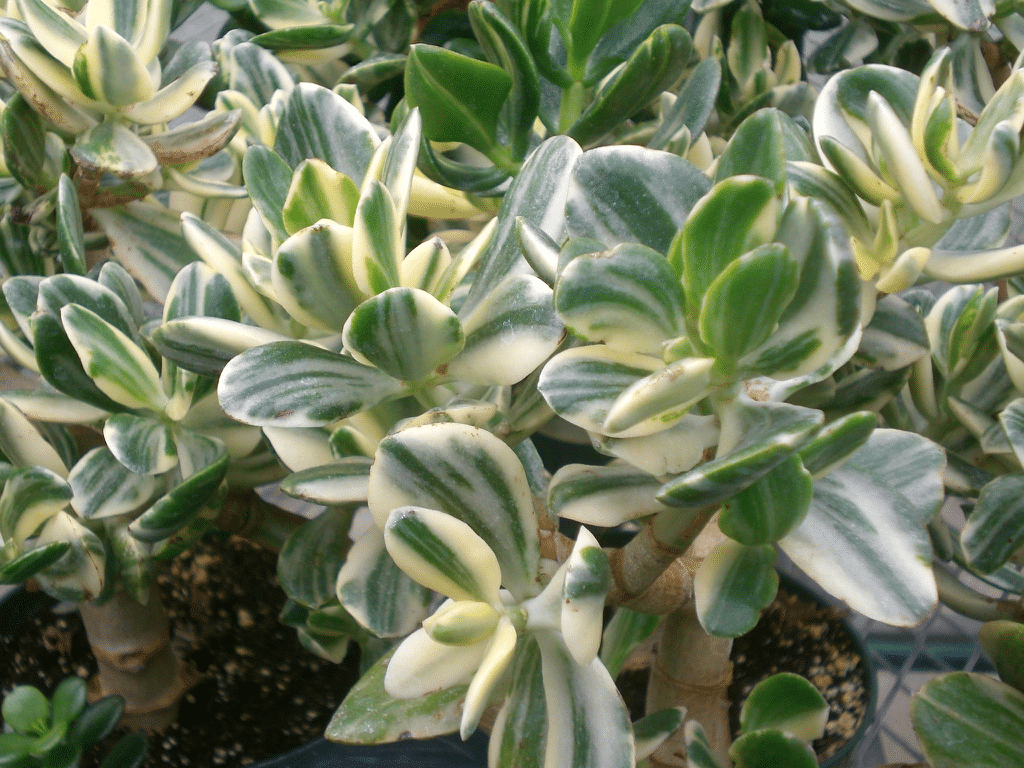
Variegated Jade, a cultivar of Crassula ovata, is an eye-catching variety featuring multi-colored foliage that requires consistent bright, indirect light to maintain its vibrant colors. Known botanically as Crassula ovata ‘Variegata,' this jade plant variety is a popular choice for adding a touch of color and interest to any indoor or outdoor space.
The leaves of the Variegated Jade are a mix of jade green and creamy white, creating a striking contrast that adds visual interest to any space.
To ensure the health and vibrancy of this plant, provide it with plenty of bright, indirect sunlight, and avoid exposing it to direct sunlight, which could cause the delicate variegated leaves to scorch.
Like other jade plants, Variegated Jade thrives in well-draining cactus or succulent potting mix and should be watered sparingly, allowing the soil to dry out completely between waterings.
Crosby's Compact Jade
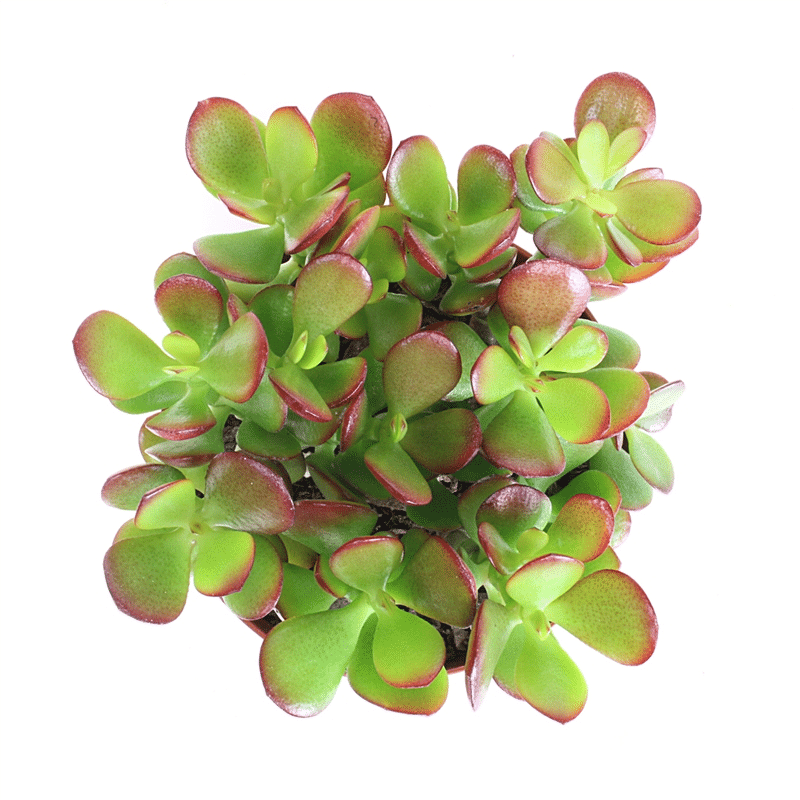
Crosby's Compact Jade, a dwarf cultivar of Crassula ovata, is perfect for those seeking a more compact jade plant variety without sacrificing the beauty and charm of the larger types. This jade plant features small, rounded jade green leaves with red-tinted edges, giving it a vibrant and colorful appearance.
The compact growth habit of Crosby's Compact Jade makes it an excellent choice for small spaces or as a bonsai specimen. This plant thrives in well-drained soil and requires bright, indirect sunlight to maintain its health and coloration.
As with other jade plants, take care not to overwater Crosby's Compact Jade, as this can lead to root rot and other issues. Instead, water sparingly and allow the soil to dry out completely between waterings.
Pink Beauty Jade

Pink Beauty Jade is a captivating variety of Crassula ovata that produces delicate pink flowers during the fall and early winter months.
This jade plant variety is characterized by its small leaves, red-tinted tips, and charming pink blooms that add a touch of whimsy and romance to any indoor or outdoor space.
To cultivate Pink Beauty Jade, provide it with partial to full sun and well-drained soil with a neutral pH. Water regularly during the spring through autumn, taking care to avoid dehydration during the winter months.
The enchanting pink blooms of Pink Beauty Jade are sure to delight and inspire, making it a must-have addition to any jade plant collection.
Gollum Jade vs Hobbit Jade
For fans of J.R.R. Tolkien's beloved stories, the Gollum Jade and Hobbit Jade varieties offer a unique and whimsical addition to any garden or indoor space. Both varieties are characterized by their tubular leaves, which curl and twist into fantastical shapes reminiscent of their namesake characters.
Gollum Jade has tubular leaves with cups at both ends.
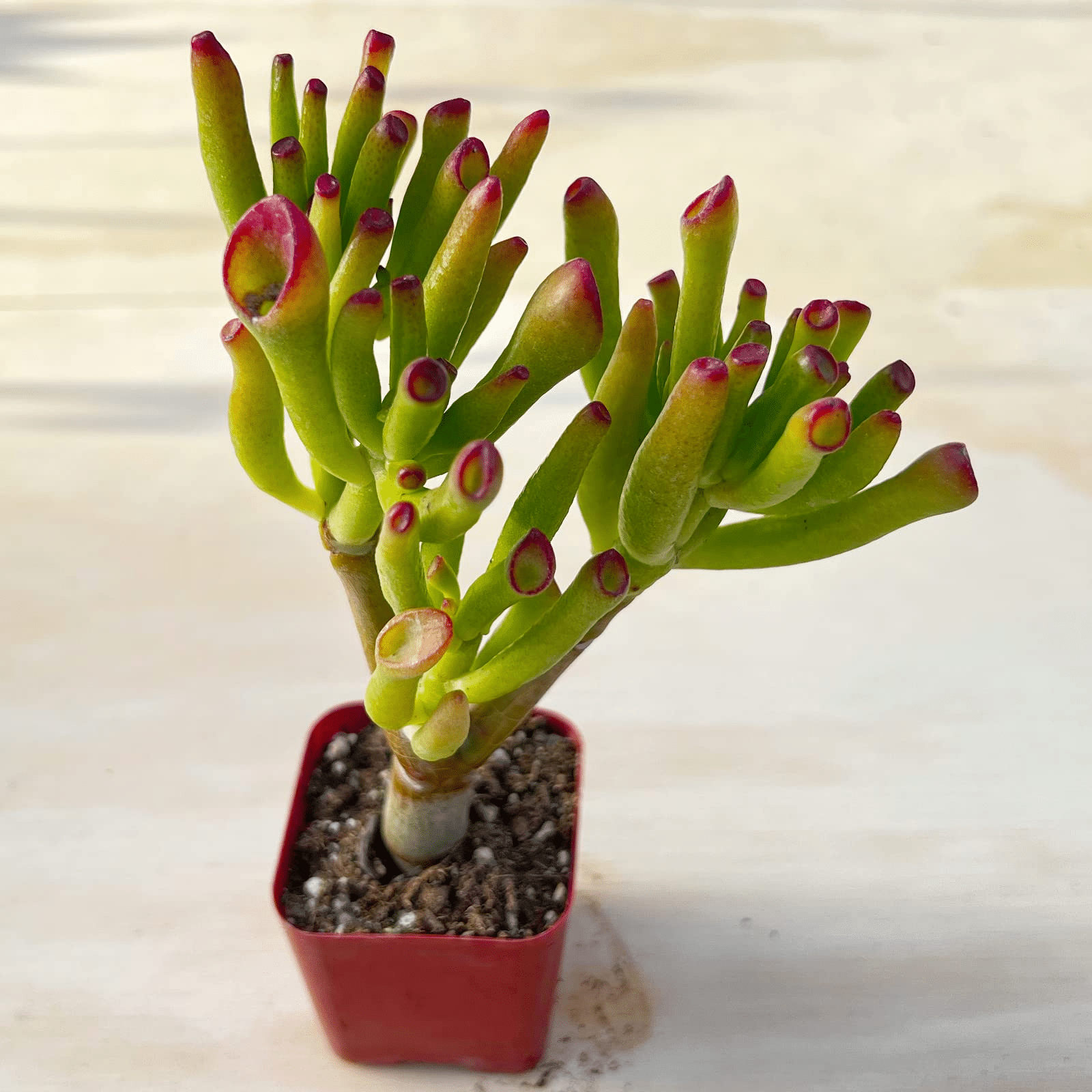
Hobbit Jade, on the other hand, has spoon-shaped leaves that curl inward to create an effect similar to a tubular shape. Both varieties require bright, indirect light and well-drained soil to thrive.
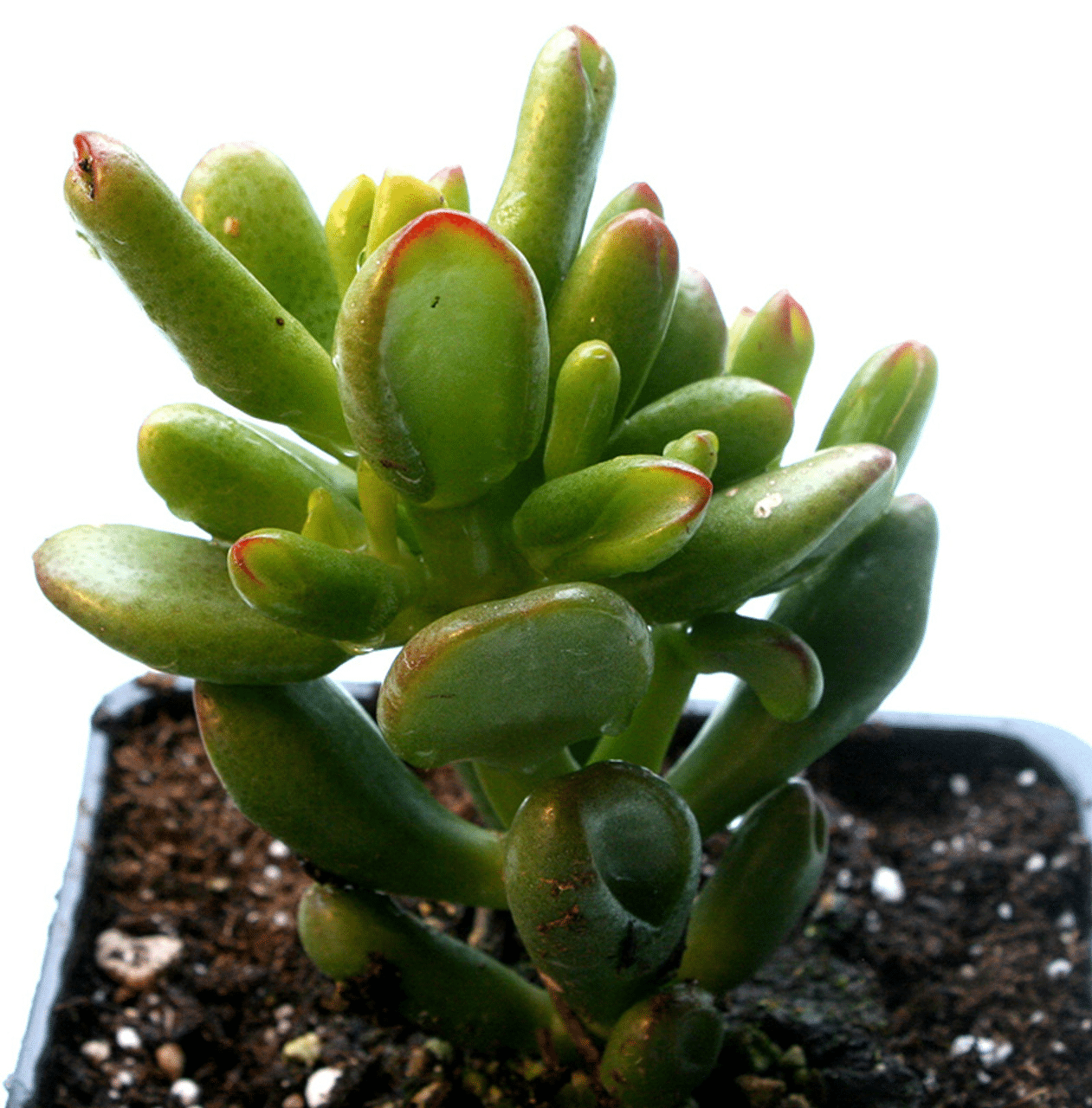
To propagate these fascinating jade plants, stem cuttings can be taken from either variety and rooted in soil or water. Whether you're a seasoned jade plant enthusiast or a newcomer to the world of succulents, these Tolkien-inspired varieties are sure to capture your imagination and bring a touch of magic to your home or garden.
Other Popular Jade Plant Varieties
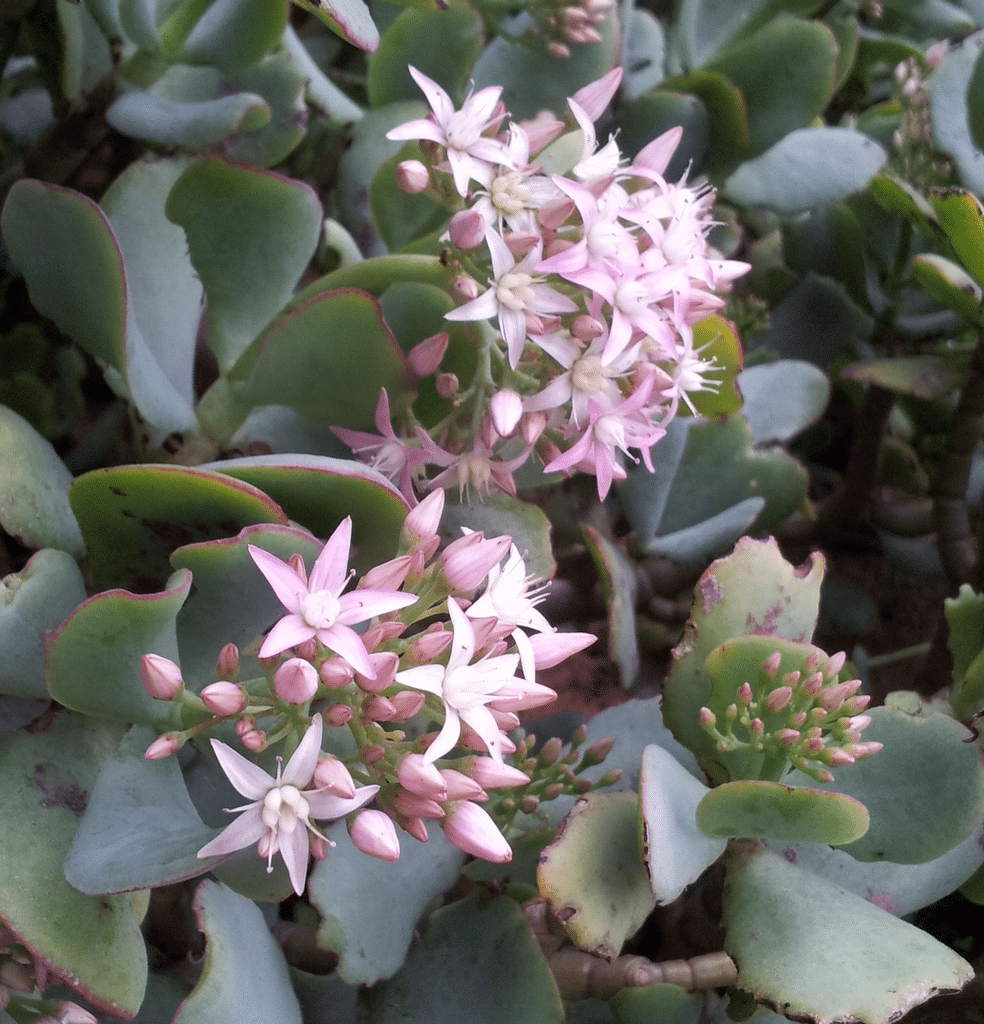
In addition to the Crassula ovata varieties, there are several other popular jade plant varieties that offer unique characteristics and charm.
From the coin-shaped leaves of Silver Dollar Jade to the rippled foliage of Ripple Jade and the dainty pink flowers of Fairy Crassula, these jade plant varieties offer something for everyone.
Let's explore these captivating plants and their care requirements.
Silver Dollar Jade
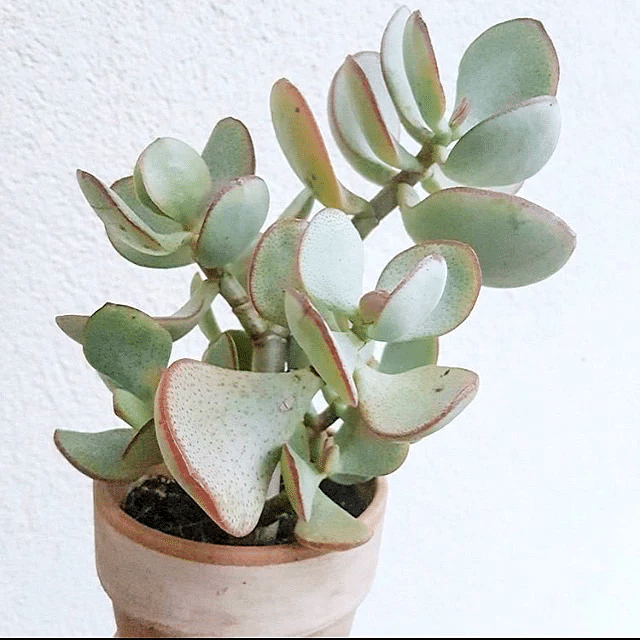
Silver Dollar Jade, a slow-growing succulent shrub, is characterized by its round, silvery-blue leaves with burgundy edges that resemble silver coins. This popular houseplant is a beautiful and low-maintenance addition to any indoor or outdoor space.
To cultivate Silver Dollar Jade, provide it with bright, indirect light and well-drained soil. Water sparingly, allowing the soil to dry out completely between waterings. This jade plant variety is not frost-tolerant, so be sure to protect it from cold temperatures if grown outdoors.
With its striking appearance and easy-care nature, Silver Dollar Jade is a delightful choice for any jade plant lover.
Ripple Jade

Ripple Jade is a unique jade plant variety known for its thick, fleshy, blue-green leaves that feature a rippled texture and a touch of golden-yellow and red along the edges. This slow-growing shrubby succulent adds texture and visual interest to any indoor or outdoor space.
To care for Ripple Jade, provide it with bright, indirect light and well-drained soil. Water sparingly, allowing the soil to dry out completely between waterings. This drought-tolerant jade plant variety responds well to pruning, which can help maintain its shape and size.
With its intriguing appearance and low maintenance requirements, Ripple Jade is a fantastic addition to any jade plant collection.
Fairy Crassula
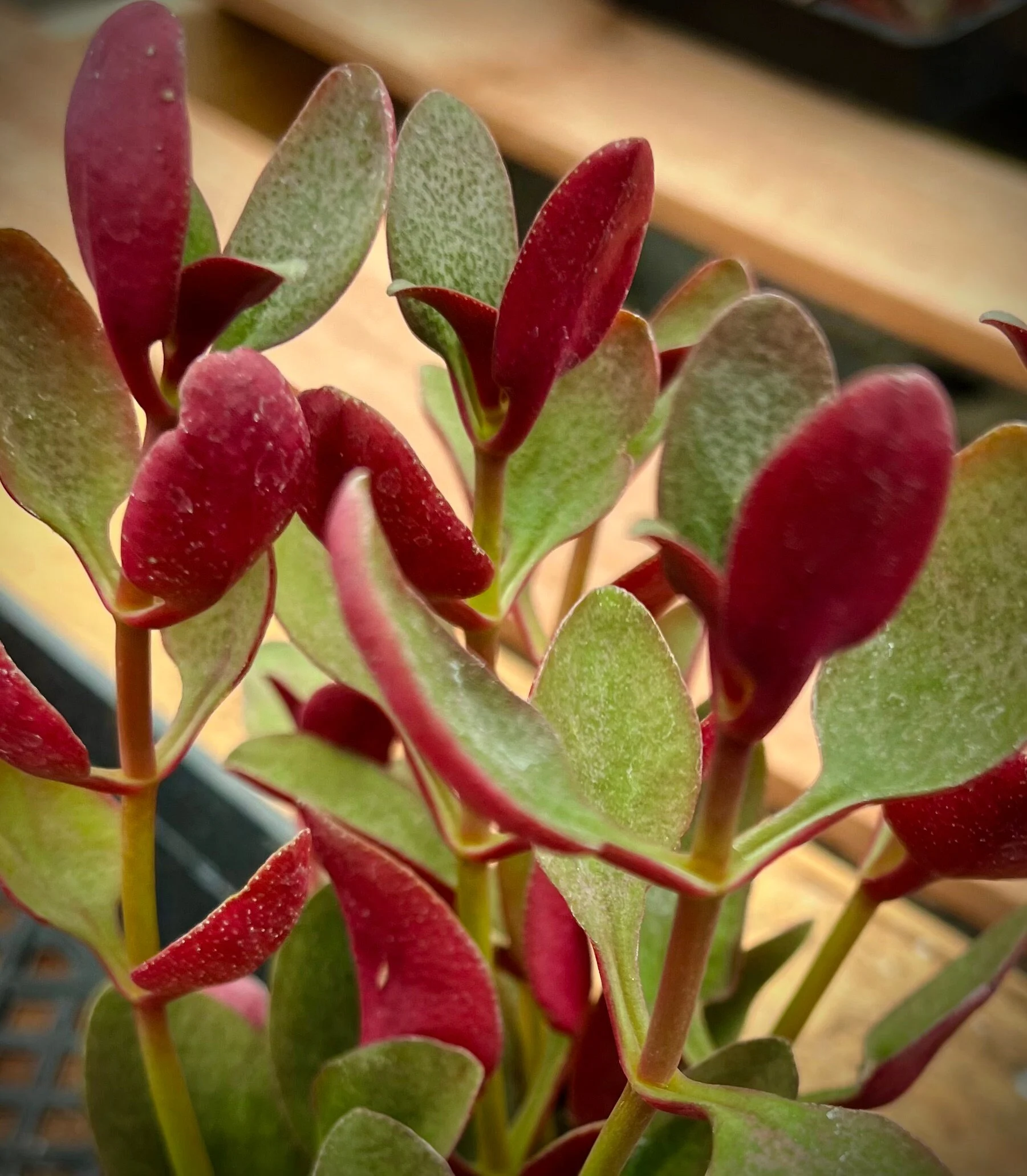
Fairy Crassula, or Crassula multicava, is a fast-growing succulent that offers a delicate and enchanting aesthetic. This jade plant variety features small, round, fleshy leaves with a pinkish hue and produces pink to white star-shaped flowers during the winter months.
To cultivate Fairy Crassula, provide it with full sun and well-drained soil. Water when the soil is dry, taking care to avoid overwatering.
This charming jade plant variety is perfect for adding a touch of whimsy and romance to any space, making it a delightful choice for collectors and casual gardeners alike.
Unusual Jade Plant Varieties
For those seeking something truly unique and intriguing, there are several unusual jade plant varieties to explore. From the fascinating propeller-shaped leaves of the Propeller Plant to the miniature pine tree-like foliage of the Miniature Pine Tree and the fast-growing, vining nature of the Trailing Jade, these jade plant varieties are sure to pique the interest of collectors and enthusiasts.
Let's delve into these captivating plants and their care requirements.
Propeller Plant
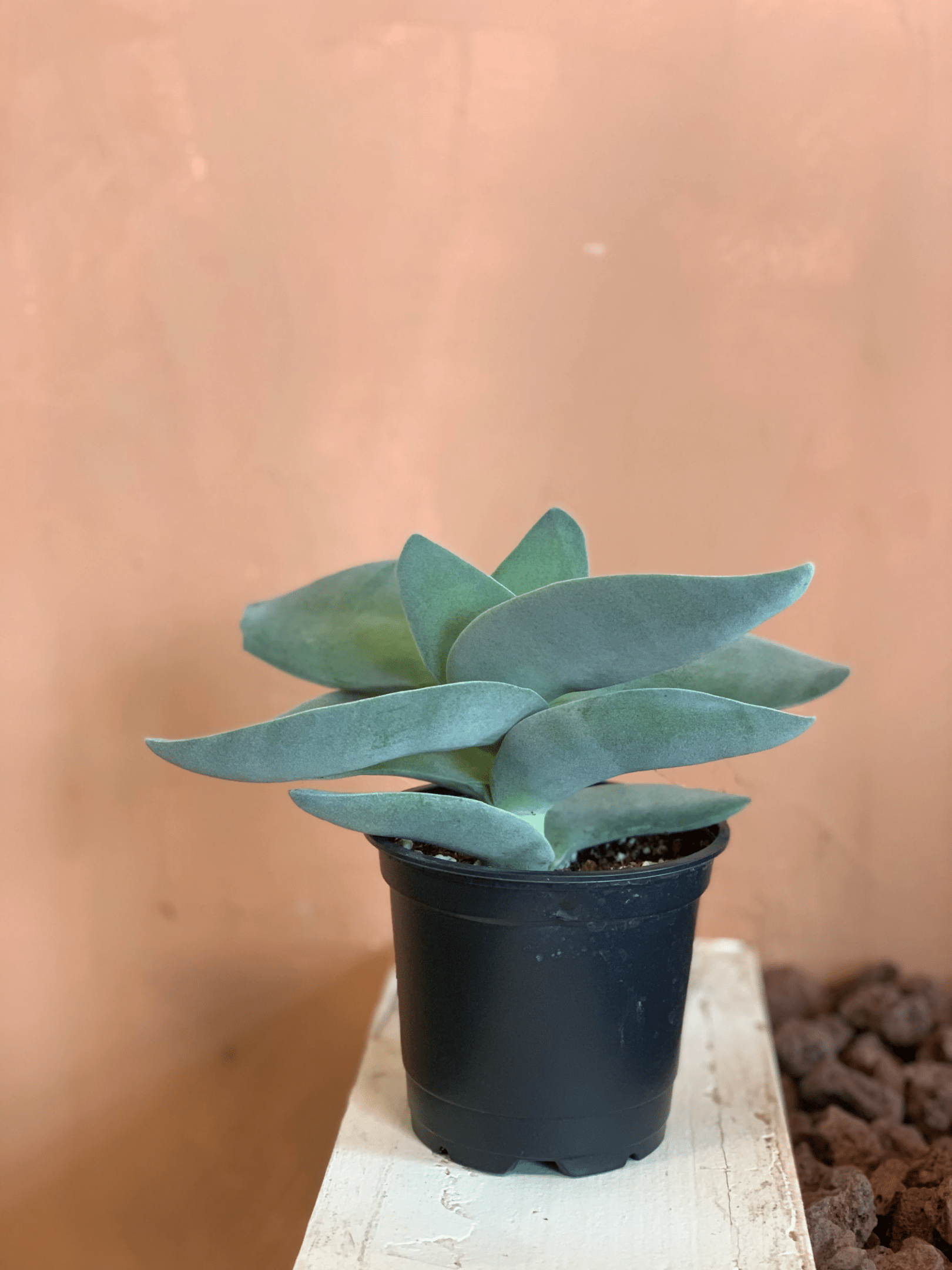
The Propeller Plant, as its name suggests, is distinguished by its large, propeller-shaped leaves that are greenish-yellow or blueish-yellow with maroon blushing around the edges. This slow-growing jade plant variety reaches a height of 12-18 inches, making it an eye-catching addition to any indoor or outdoor space.
To care for the Propeller Plant, provide it with adequate light and well-draining soil. Water sparingly, allowing the soil to dry out completely between waterings.
With its unique appearance and easy-care requirements, the Propeller Plant is a fascinating and unusual jade plant variety that is sure to delight collectors and enthusiasts alike.
Miniature Pine Tree

Native to South Africa, the Miniature Pine Tree is a coveted variety among collectors and bonsai enthusiasts. Its unique foliage and compact size are what makes it so special. This variety of jade plant features leaves with a needle-like and awl-shaped appearance. The leaves have a fresh apple-green hue attached to small, trunk-like stems.
The Miniature Pine Tree prefers full sun and is hardy in zones 10a to 11b. It requires neutral pH sandy soil and light annual fertilization. During the summer months, water it less frequently and sparingly during the winter.
With its distinctive appearance and petite size, the Miniature Pine Tree is a captivating jade plant variety that offers endless opportunities for creativity and enjoyment.
Trailing Jade
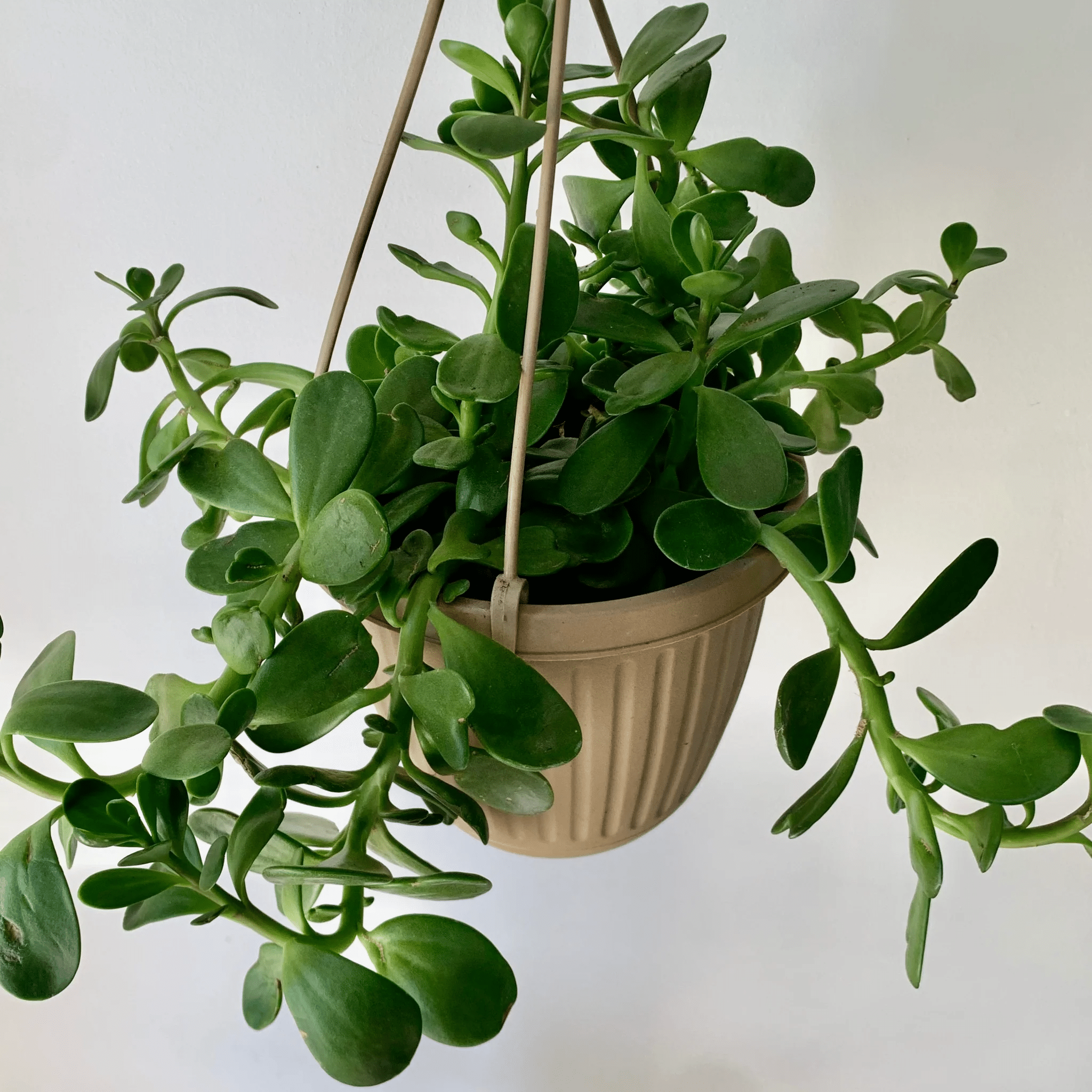
Trailing Jade, or Crassula sarmentosa ‘Comet', is a fast-growing, long-vining jade species that is available in a variegated form featuring arrow-shaped, serrated-edged leaves. This jade plant variety is perfect for hanging baskets or as a ground cover, adding a touch of beauty and intrigue to any indoor or outdoor space.
To care for Trailing Jade, provide it with full sun and well-draining soil. Water sparingly, allowing the soil to dry out completely between waterings. This jade plant variety is not frost-tolerant, so be sure to protect it from cold temperatures if grown outdoors.
With its striking appearance and low maintenance requirements, Trailing Jade is an exceptional choice for any jade plant lover looking to add a touch of the unusual to their collection.
Jade Plant Care Tips
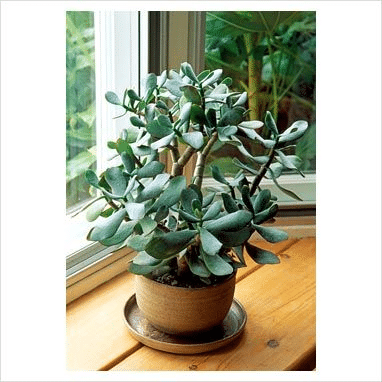
Caring for jade plants can be a rewarding and enjoyable experience, as these resilient and versatile plants can thrive in a variety of conditions. However, it's essential to understand their specific care requirements to ensure they remain healthy and vibrant.
In this section, we'll provide some essential care tips for jade plants, including lighting requirements, watering and soil practices, and propagation techniques.
Lighting Requirements
Lighting requirements for jade plants can vary depending on the specific variety, but most jade plants prefer bright, indirect light to thrive. Direct sunlight can cause the leaves to scorch or become discolored, so it's best to place your jade plant in a location with ample bright, indirect sunlight.

It's important to remember that some jade plant varieties may require different levels of light to maintain their vibrant colors and unique characteristics.
For example, Variegated Jade requires consistent bright, indirect light to maintain its multi-colored foliage, while Silver Dollar Jade and Ripple Jade can tolerate more direct sunlight.
Always research the specific lighting requirements for your jade plant variety to ensure its continued health and vitality.
Watering and Soil
Jade plants, like most succulents, are drought-tolerant and can suffer from root rot if overwatered. To avoid overwatering, it's essential to use well-drained soil and water sparingly, allowing the soil to dry out completely between waterings.
A well-draining cactus or succulent potting mix is ideal for jade plants, providing the proper balance of moisture retention and drainage.
EXCEPTIONAL DRAINAGE & WATER RETENTION: Our Premium All-Purpose Succulent Soil Mix is a specifically formulated blend of premium quality Sphagnum Peat Moss, Perlite, Lime, and Horticultural Grade Sand formulated by professional growers to provide the optimal growth environment for your succulent plants.

During the warmer months, jade plants may require more frequent watering, while during the winter months, watering should be reduced to prevent potential root rot issues.
Always check the soil moisture level before watering and adjust your watering schedule accordingly to ensure the health and longevity of your jade plant.
Propagation Techniques
Jade plants can be easily propagated through various techniques, including stem cuttings, leaf cuttings, and division.
Stem cuttings are the most common method, as they can be taken from the plant and rooted in either water or soil. To propagate via stem cuttings, simply remove a healthy stem from the plant, allow it to callous over for a few days, and then place it in well-draining soil or water to root.

Leaf cuttings can also be used to propagate jade plants, although this method may take longer to produce a new plant of a desirable size. To propagate using leaf cuttings, remove a healthy leaf from the plant, allow it to callous over for a few days, and then place it in well-drained soil to root.

Division is another propagation technique that involves dividing the root system of the plant into two or more parts and replanting them. This method is best suited for jade plants with multiple stems or offsets.
Common Jade Plant Problems and Solutions
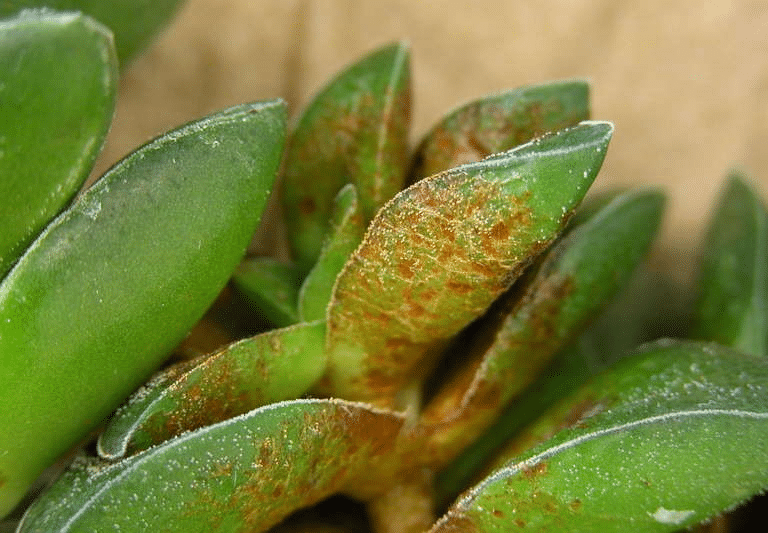
As resilient and versatile as jade plants can be, they are not without their share of potential problems. In this section, we'll explore some common jade plant issues and their solutions, including pests and diseases, overwatering and root rot, and cold sensitivity.
Pests and diseases can be a problem for jade plants, but they can usually be treated with insecticides or fungicides. Overwatering can lead to root rot, which can be caused by overwatering.
Pests and Diseases
Jade plants can sometimes be affected by pests and diseases such as mealybugs, root mealybugs, scale, and spider mites. These pests can cause damage to the plant's leaves, stems, and overall health if left untreated.
To address these infestations, you can use insecticidal soap or neem oil, which are both safe and effective treatments for most common pests.
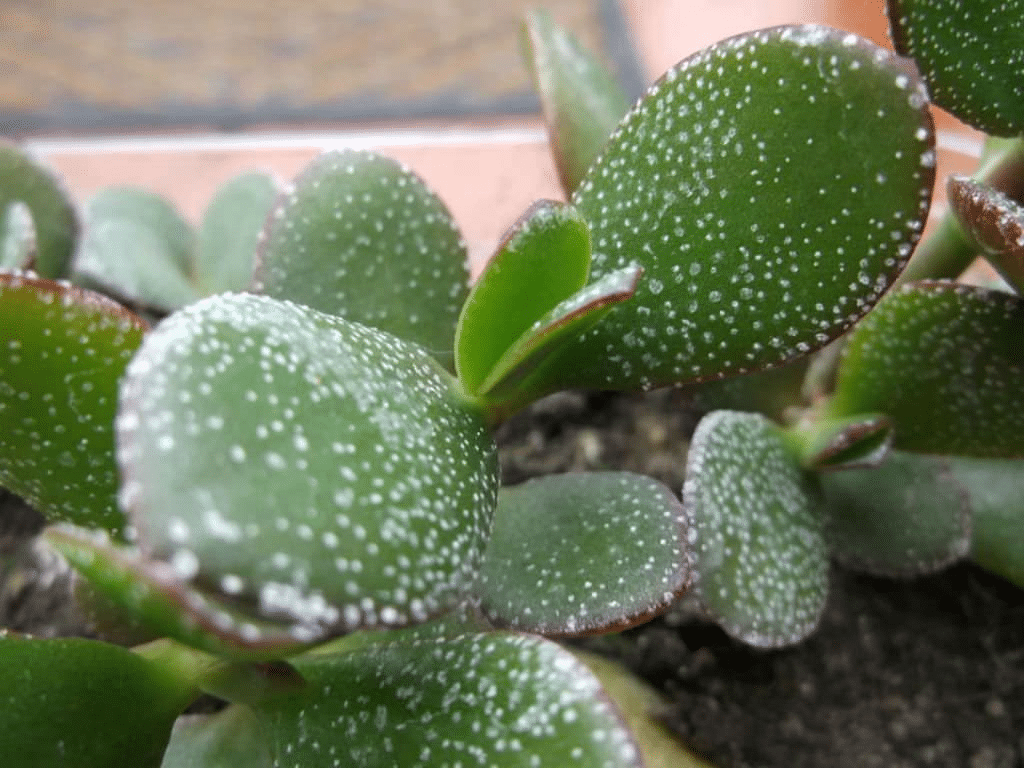
In addition to pests, jade plants can also be affected by diseases like bacterial soft rot, powdery mildew, and anthracnose. Symptoms of these diseases can include scabby or corky areas on leaves, soft and mushy stems and branches, and white to grey powdery growth on leaves, stems, and flowers.
To prevent and treat these diseases, ensure your jade plant receives adequate light and water, avoid overwatering, and prune any affected leaves or stems to prevent the spread of the disease.
Overwatering and Root Rot
Overwatering and root rot are common issues that can affect jade plants, often leading to yellowing leaves, mushy stems, and eventual death. To prevent overwatering and root rot, it's essential to use well-drained soil and water your jade plant sparingly, allowing the soil to dry out completely between waterings.
If you suspect your jade plant is suffering from root rot, it's important to act quickly, as this condition is often fatal. Remove the plant from its pot and inspect the roots for signs of rot. If any roots appear mushy or discolored, trim them away and repot the plant in fresh, well-drained soil.

Be sure to monitor your watering habits and adjust as needed to prevent future issues.
Cold Sensitivity
Jade plants are sensitive to cold temperatures and can suffer damage if exposed to temperatures below 60°F (16°C). Cold drafts and sudden temperature changes can cause leaves to drop and may even lead to the death of the plant if not addressed promptly.
To protect your jade plant from cold temperatures, keep it indoors or in a sheltered area during the colder months. If you must keep it outdoors, cover it with a blanket or tarp during cold weather to help insulate it from the cold.
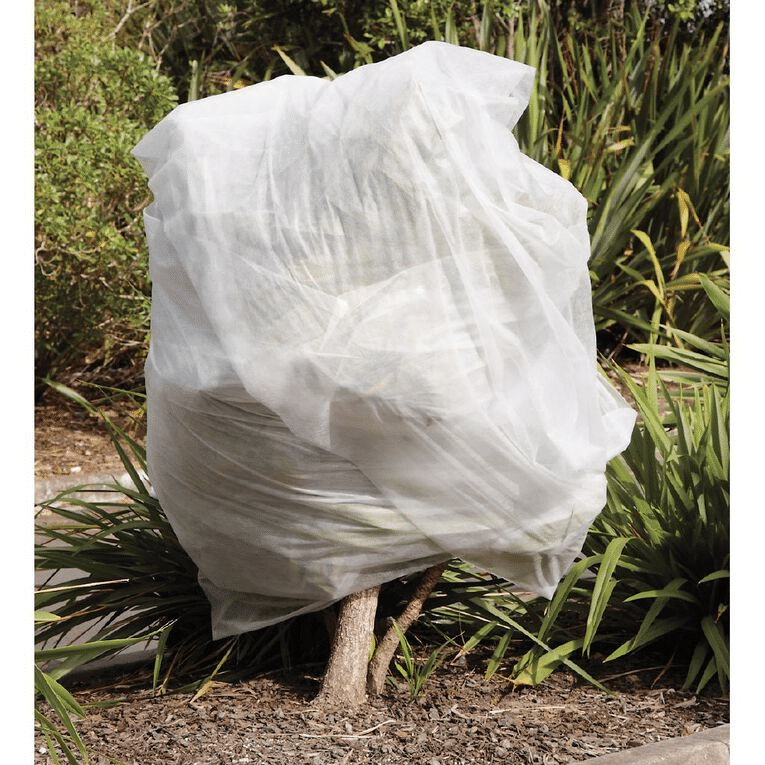
By taking precautions to protect your jade plant from the cold, you can ensure its continued health and beauty, even in less-than-ideal conditions.
Summary
In this blog post, we've explored the fascinating world of jade plants, from the popular Crassula ovata varieties like Variegated Jade and Crosby's Compact Jade to the captivating and unusual Propeller Plant, Miniature Pine Tree, and Trailing Jade.
With their diverse shapes, colors, and sizes, jade plants offer something for everyone, whether you're an experienced collector or new to the world of succulents.
By understanding their unique characteristics and care requirements, you can cultivate a thriving collection of jade plants that will bring beauty, joy, and even a touch of luck to your home or garden.
Frequently Asked Questions
Is there different types of jade plants?
Yes, there are different types of jade plants. The most common type is the Crassula ovata, also known as the money plant.
However, there are over 200 species of plants in the Crassula genus that come in a variety of shapes, sizes, and colors, offering plenty of options for jade plant enthusiasts.
What is difference between Crassula and jade plant?
The main difference between a cabbage and a jade plant is the shape of their leaves. Crassula plants have thick succulent leaves that are usually rounded or oval, while jade plants have elongated non-succulent leaves.
EXCEPTIONAL DRAINAGE & WATER RETENTION: Our Premium All-Purpose Succulent Soil Mix is a specifically formulated blend of premium quality Sphagnum Peat Moss, Perlite, Lime, and Horticultural Grade Sand formulated by professional growers to provide the optimal growth environment for your succulent plants.



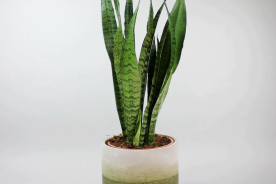
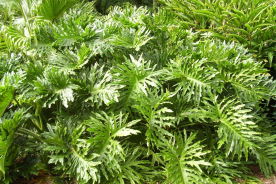

No Comments